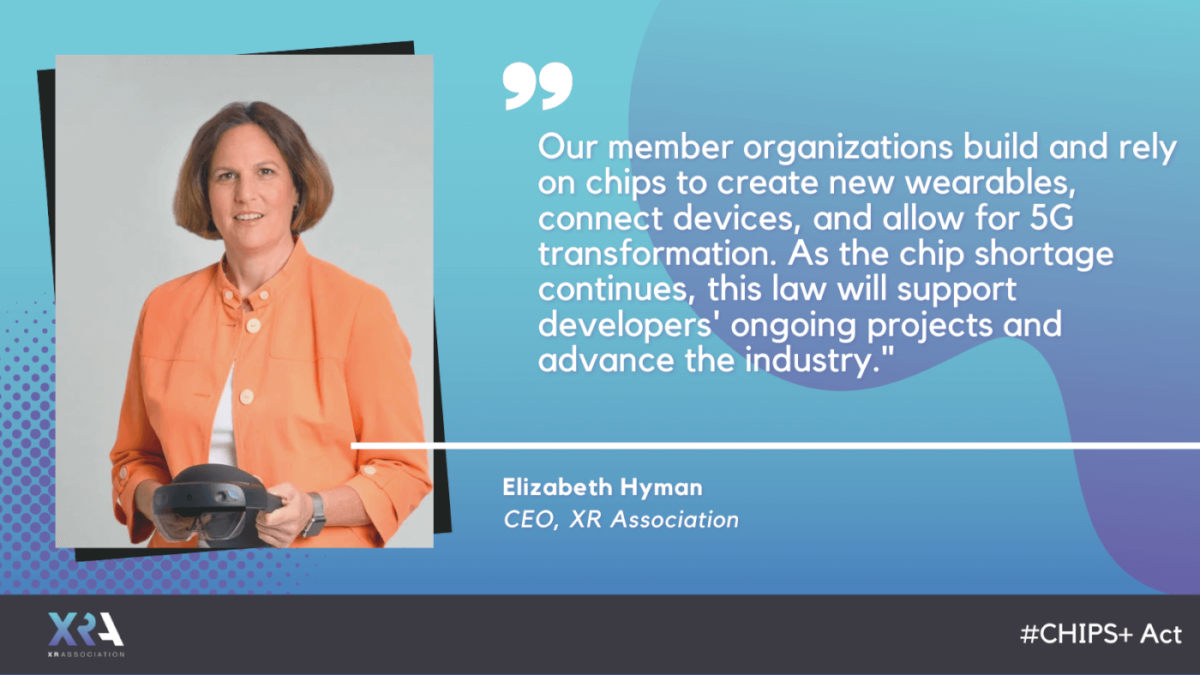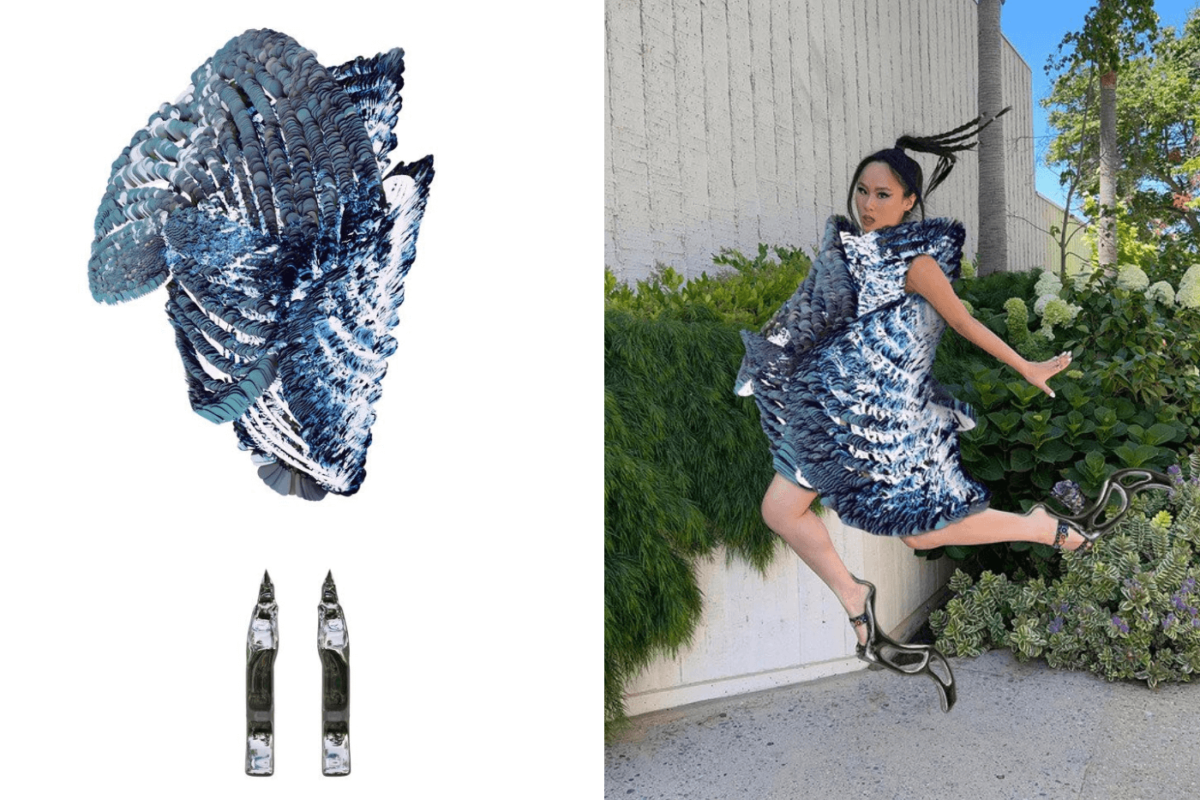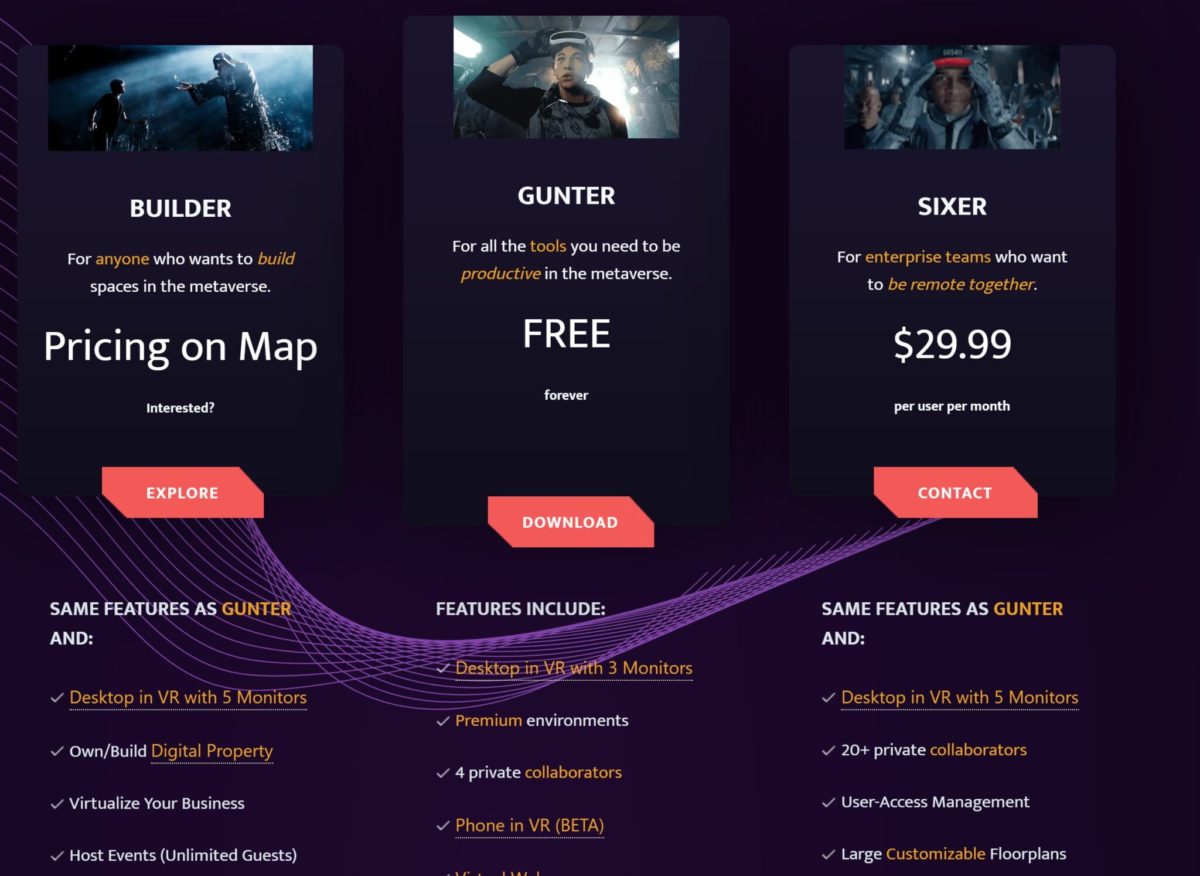Voted, Passed and Signed: XRA Commended the CHIPS and Science Act
The Creating Helpful Incentives to Produce Semiconductors (CHIPS) and Science Act signed into law on Tuesday, August 9, 2022. President Joe Biden signed the H.R.7178 Act after lawmakers on Capitol Hill passed the landmark bill late last month. Semiconductors or microchips are tiny computer chips about the size of a fingertip. They are the building blocks of the modern economy. Microchips power smartphones, vehicles, and electronics. The CHIPS and Science Act spurs projects to produce semiconductors in the US. Biden stated that the US invented the semiconductor, and the law brings it back home. The landmark bill will fund US semiconductor manufacture and research. The law encompasses over $52 billion in subsidies. It aims to strengthen initiatives to make the US more competitive with tech giant China. The legislation establishes “immersive technology,” a fundamental area of national technological development. The Senate voted to approve the bill as well. The bill








